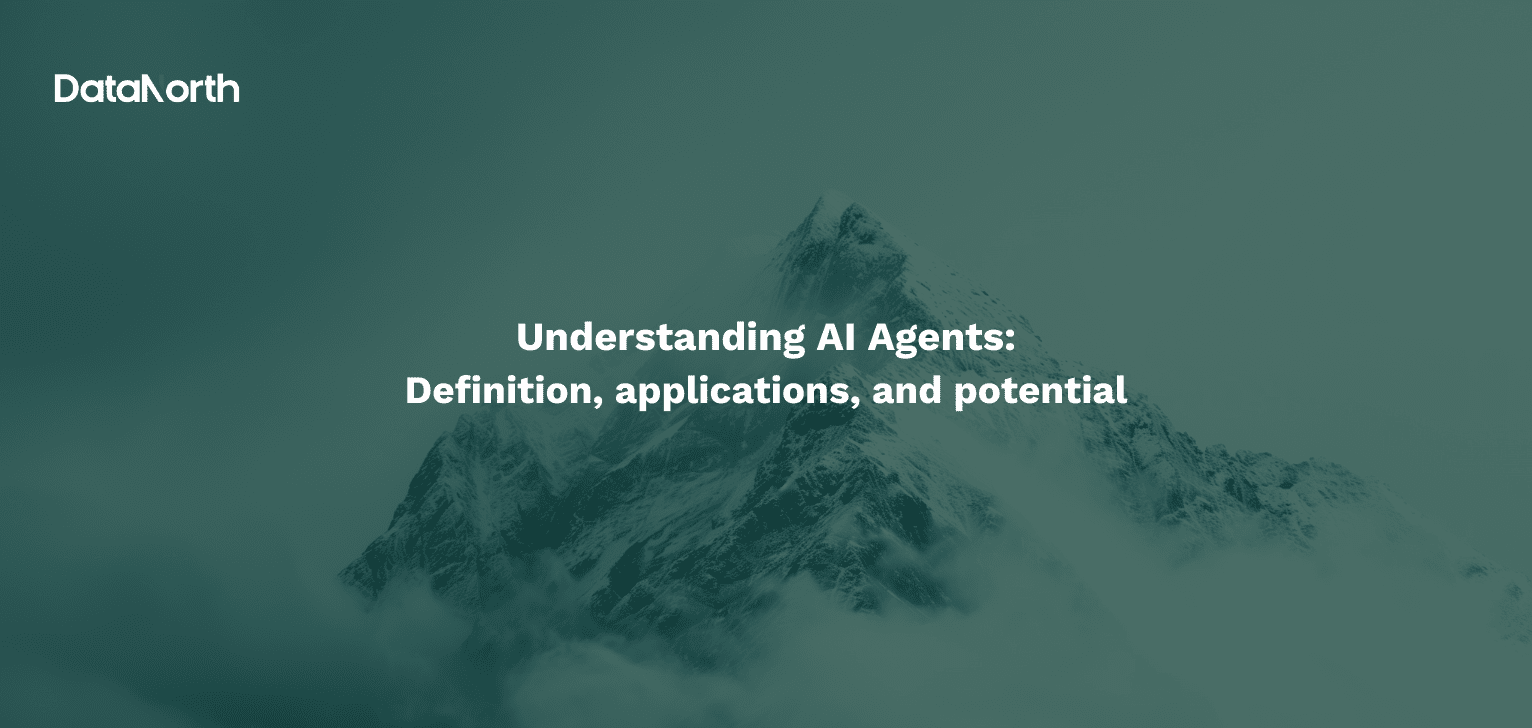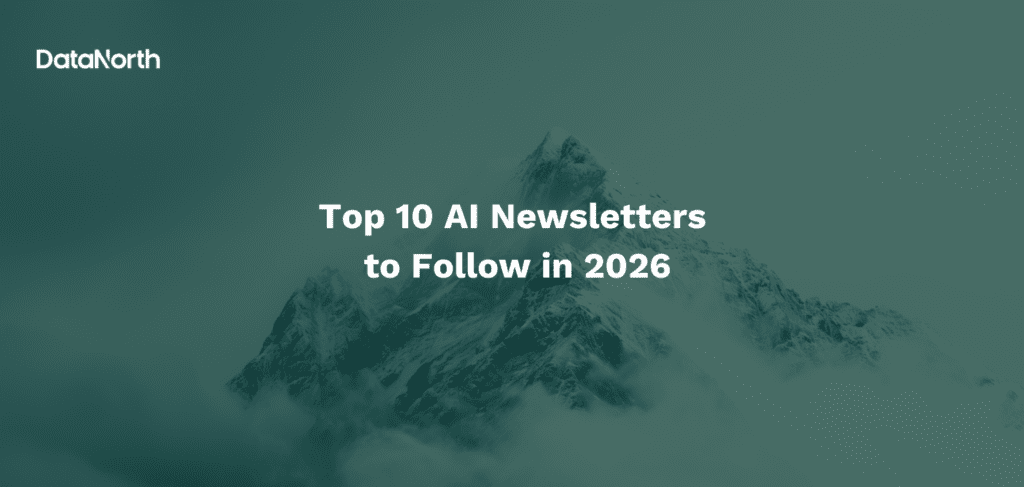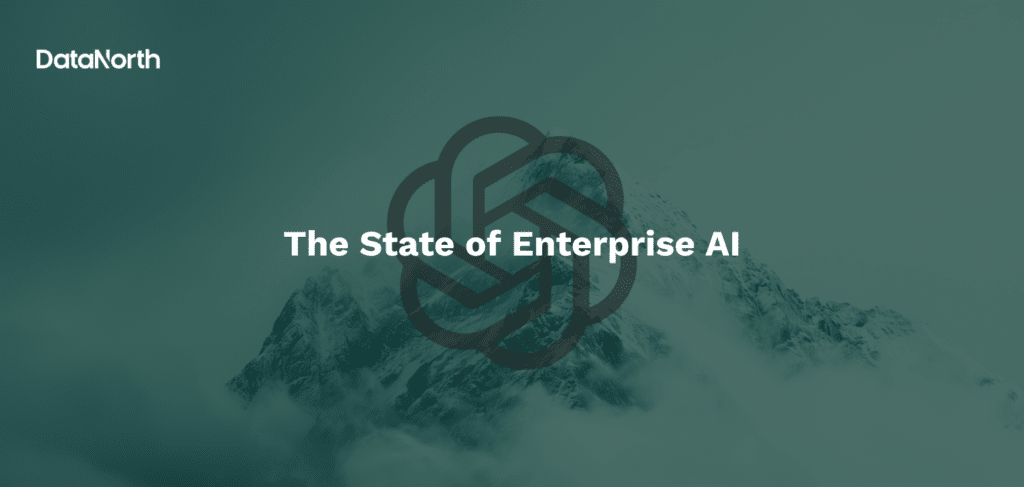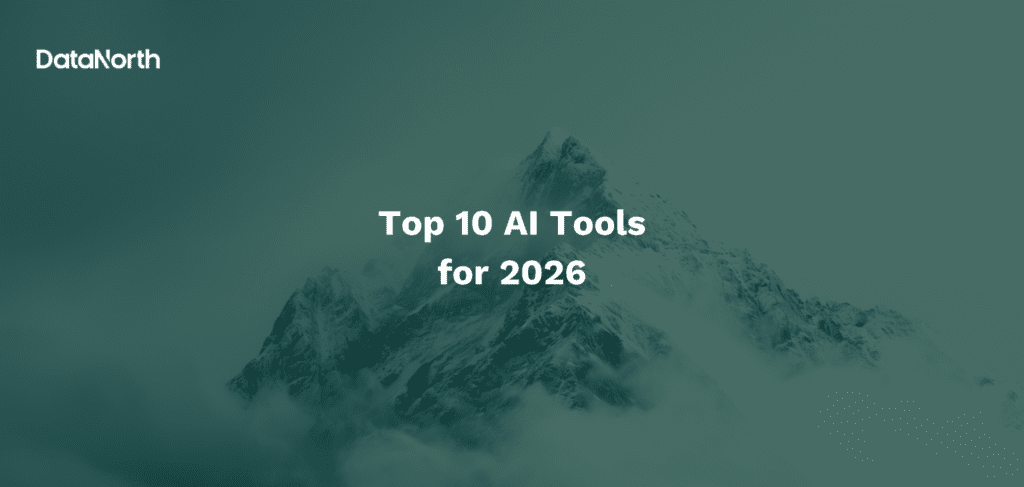Artificial Intelligence agents represent one of the most significant advancements in modern AI technology. AI Agents fundamentally reshape how we interact with digital systems and automate complex tasks. These intelligent systems extend far beyond traditional AI applications by demonstrating autonomous behavior, adaptive decision-making, and the ability to collaborate with both humans and other agents. In this article we’ll explain what AI Agents are, the architecture, categories, use cases, and finally an outlook for the future of the AI Agent.
What are AI Agents?
AI agents are artificial entities designed to perceive their environment, make autonomous decisions, and take actions to achieve specific goals. Unlike conventional AI systems that simply respond to user inputs, AI agents operate with varying degrees of independence, continuously monitoring their surroundings and adapting their behavior based on changing conditions.
The core characteristics that define AI agents include:
- Autonomous goal-setting and pursuit: Agents can establish objectives based on their needs and work towards achieving them without constant human oversight
- Environmental perception: Advanced sensory capabilities to gather and process information from their operating environment
- Adaptive decision-making: The ability to modify strategies and responses based on experience and changing circumstances
- Tool utilization: Integration with external APIs, databases, and software systems to extend their capabilities
- Memory and learning: Persistent storage of experiences and the ability to improve performance over time
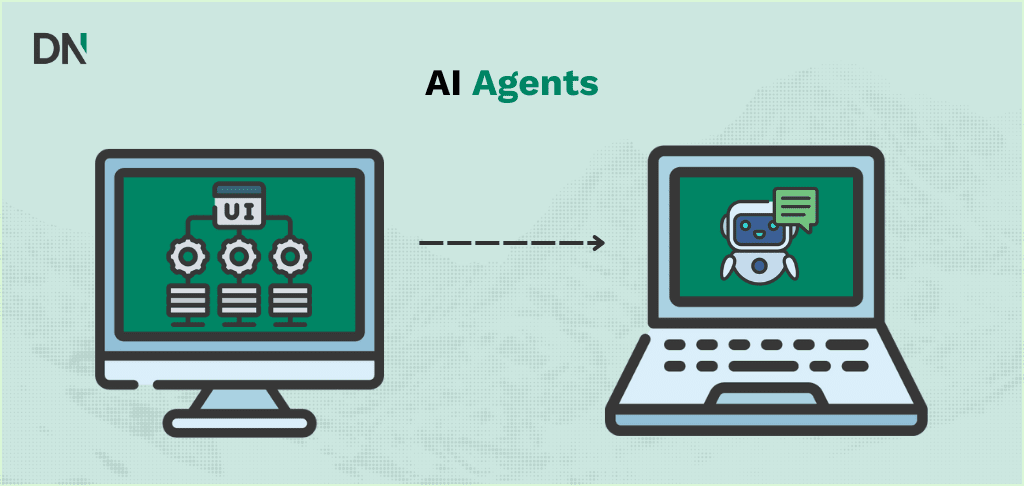
The architecture of modern AI Agents
Contemporary AI agents are built on sophisticated architectural frameworks that leverage large language models (LLMs) as their cognitive foundation. The Autonomous Cognitive Entity (ACE) framework exemplifies this approach with six distinct layers:
Aspirational layer: Establishes the moral compass and high-level objectives
Global strategy: Develops overarching plans and strategic thinking
Agent model: Defines the agent’s identity, capabilities, and limitations
Executive function: Manages resource allocation and task prioritization
Cognitive control: Handles real-time decision-making and action selection
Task prosecution: Executes specific actions and interacts with tools
This layered architecture enables agents to operate with human-like reasoning while maintaining the computational advantages of AI systems.
Categories and types of AI Agents
AI agents can be categorized across multiple dimensions based on their capabilities and operational characteristics:
By autonomy level
- Reactive Agents: Respond directly to environmental stimuli without internal state
- Deliberative Agents: Maintain internal models and plan future actions
- Hybrid Agents: Combine reactive and deliberative approaches for optimal performance
By collaboration model
- Single Agents: Operate independently to accomplish individual tasks
- Multi-Agent systems: Coordinate with other agents to solve complex, distributed problems
By application domain
- Conversational Agents: Focus on natural language interaction and dialogue management
- Task-oriented Agents: Specialized for specific functions like document analysis or code generation
- Embodied Agents: Interact with physical or virtual environments through sensors and actuators
Transformative applications across industries
AI agents are revolutionizing operations across numerous sectors by automating complex workflows and enabling new forms of human-AI collaboration.
Enterprise and business operations
Document management and review: AI agents can automatically assess business documents for accuracy, consistency, completeness, and clarity, achieving 99% information consistency compared to 92% for human reviewers while reducing review time from 30 minutes to 2.5 minutes per document.
Product management: Agents now handle traditionally human-intensive tasks such as creating user stories, sprint planning, and backlog grooming, allowing product managers to focus on strategic oversight and ethical considerations.
Risk assessment and compliance: In financial services, agents excel at regulatory compliance monitoring, algorithmic trading, and fraud detection by processing vast amounts of data and identifying patterns that human analysts might miss.
Healthcare and scientific research
Biomedical discovery: AI agents serve as collaborative partners in scientific research. They combine human creativity with AI’s ability to analyze large datasets, navigate hypothesis spaces, and execute repetitive experimental tasks.
Medical imaging: Agents demonstrate performance levels comparable to or exceeding radiologists in breast cancer detection, classification, and treatment response assessment across multiple imaging modalities.
Software development and engineering
Autonomous code generation: Advanced frameworks enable agents to handle large-scale software development projects, generating code for complex systems while maintaining quality and consistency standards.
Infrastructure management: In DevOps environments, agents provide autonomous cloud infrastructure management through intent-based provisioning, natural language interfaces, and real-time collaborative incident response.
Customer service and support
Modern customer service agents leverage advanced memory, reasoning, and planning capabilities to engage in coherent conversations, provide personalized responses, and handle multi-step inquiries. Currently these systems still require fallback systems in order to be reliable, though it is expected that this will change quickly.
Development frameworks and technologies
The AI agent ecosystem is supported by several powerful frameworks that simplify development and deployment:
Leading frameworks for AI Agents
LangChain: A comprehensive toolkit for building language model applications with extensive API integrations and memory management capabilities. However, it has faced criticism in 2025 for complexity and maintenance challenges. The framework now includes LangGraph for more structured agent workflows.
CrewAI: Has emerged as a strong framework specializing in multi-agent collaboration, enabling teams of specialized agents with defined roles to work together on complex tasks. It’s particularly praised for its role-specific agent design and intelligent workflow management.
Microsoft AutoGen v0.4: Released in January 2025, this represents a complete redesign of the AutoGen framework with improved scalability, asynchronous messaging, and modular architecture. It includes features like cross-language compatibility and AutoGen Studio for visual agent management.
Atomic Agents: A newer framework that has gained significant traction in 2025, focusing on small, loosely-coupled components that provide full control over the system while maintaining simplicity and scalability.
AG2: A community-driven continuation of the original AutoGen v0.2 architecture, created by the framework’s original developers after they separated from Microsoft’s official AutoGen development.
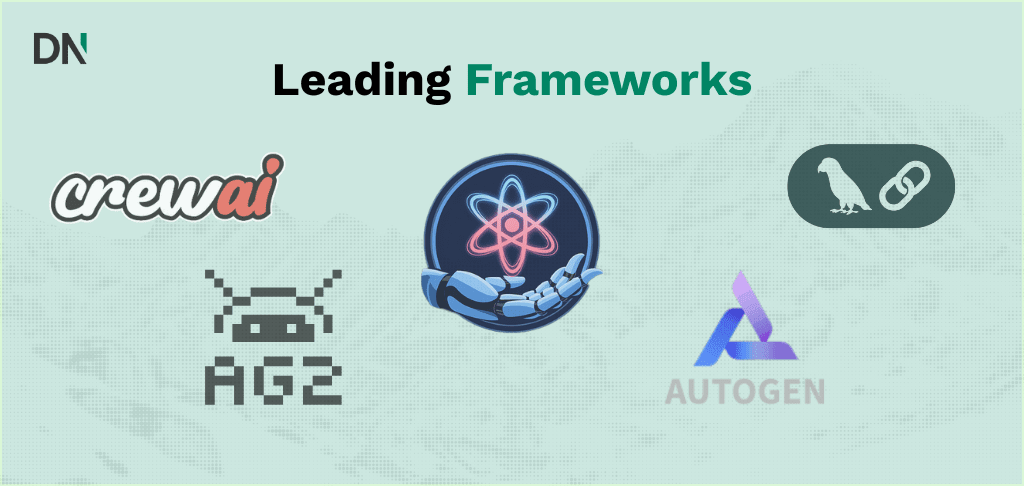
Technical considerations
Successful AI agent implementation requires careful attention to several technical aspects:
- Memory systems: Persistent storage of experiences, learned behaviors, and contextual information
- Planning mechanisms: Algorithms for breaking down complex goals into manageable subtasks
- Tool integration: Seamless connectivity with external APIs, databases, and software systems
- Feedback loops: Mechanisms for continuous learning and performance improvement
- Security frameworks: Protection against prompt injection, misalignment, and unauthorized access
Challenges and considerations
Despite their transformative potential, AI agents face several significant challenges that must be addressed for widespread adoption.
Technical limitations
Consistency and reliability: The probabilistic nature of LLMs can lead to inconsistent outputs, particularly in complex problem-solving scenarios. Advanced frameworks like DANA (Domain-Aware Neurosymbolic Agent) address this by integrating domain-specific knowledge.
Scalability: Managing large-scale multi-agent systems presents computational and coordination challenges that require sophisticated orchestration mechanisms.
Interpretability: Understanding agent decision-making processes remains difficult, particularly in scenarios requiring transparency for regulatory compliance.
Security and ethical concerns
Prompt injection and misalignment: Agents can be manipulated through carefully crafted inputs that cause them to deviate from intended behaviors.
Data privacy: Agents often require access to sensitive information, raising concerns about data protection and unauthorized access.
Bias and fairness: Training data biases can be amplified in agent behavior, potentially leading to discriminatory outcomes.
Economic and operational challenges
Cost scaling: Context window scaling leads to quadratic cost increases, making conversational agents economically unfeasible for many applications. The computational costs of maintaining long conversations or processing extensive context can quickly become prohibitive for businesses.
Implementation complexity: Building agents represents only 30% of the development challenge. Deployment, maintenance, monitoring, and ensuring reliability in production environments constitute the majority of work required for successful AI agent implementations.
Integration overhead: Organizations discover that integrating AI agents into existing business processes requires significant workflow redesign, employee training, and system architecture changes that weren’t initially anticipated.
Trust and transparency concerns
Reliability vs. hype: There’s a significant disconnect between marketed capabilities and real-world performance. Many businesses are prioritizing dependable automation over sophisticated but unreliable demonstrations, leading to more conservative adoption strategies.
Vendor lock-in: Organizations are increasingly favoring open-source solutions over proprietary models due to transparency requirements and concerns about dependency on specific vendors, especially in regulated industries.
Performance monitoring: Unlike traditional software, AI agents’ probabilistic nature makes it difficult to establish consistent performance benchmarks and quality assurance metrics
Regulatory and compliance Challenges
Evolving regulatory landscape: As agents become more autonomous, regulatory frameworks struggle to keep pace with technological advancement. The EU has categorized most healthcare AI applications as “high risk,” leading to stricter compliance requirements.
Accountability questions: Key concerns include determining liability for agent actions, establishing responsibility chains when agents make errors, and ensuring compliance with industry-specific regulations across different jurisdictions.
Audit and documentation requirements: Regulatory bodies increasingly require detailed documentation of AI decision-making processes, model training data, and performance metrics, creating additional operational overhead for organizations deploying AI agents.
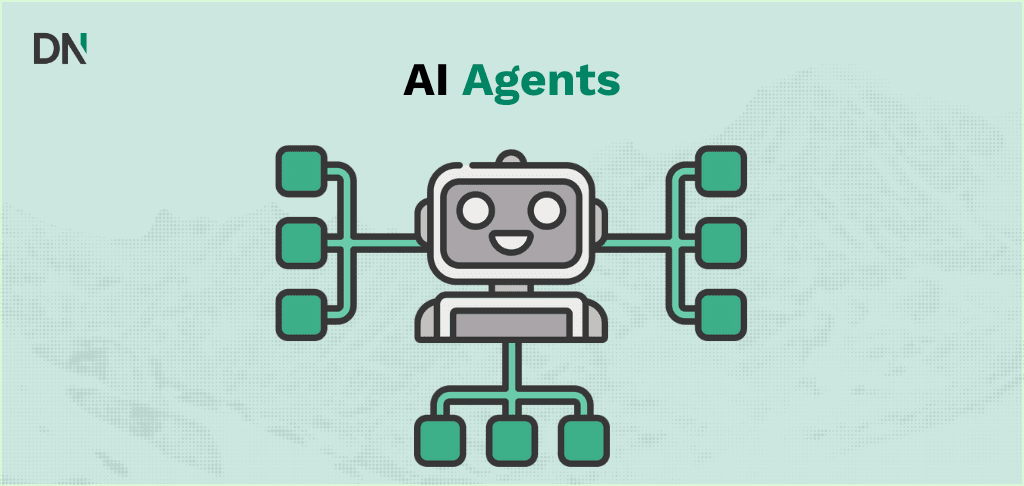
Future outlook and emerging trends
The AI agent landscape is evolving rapidly, with several key trends shaping future development:
Enhanced autonomy and collaboration
Multi-Agent ecosystems: In the near future the focus is on automating mundane yet crucial tasks rather than complex decision making. It is expected that after that, systems will feature hundreds or thousands of specialized agents working together to solve complex, distributed problems.
Human-AI partnership: Rather than replacing humans, agents will increasingly serve as collaborative partners that augment human capabilities while preserving human agency in critical decisions.
Specialized domain applications
Industry-specific Agents: Agents tailored for specific sectors like healthcare, finance, and manufacturing will incorporate deep domain knowledge and regulatory compliance capabilities.
Quantum-enhanced Agents: Integration with quantum computing technologies will enable agents to solve previously intractable problems in optimization and decision-making.
Technical advancements
Improved reasoning: Next-generation agents will feature enhanced logical reasoning, causal understanding, and common-sense knowledge.
Real-time adaptation: Agents will become more responsive to changing environments and user needs through advanced learning algorithms.
Ethical AI integration: Built-in ethical frameworks will ensure responsible behavior and alignment with human values.
The market outlook for 2025 suggests that AI agents will become increasingly central to business operations, with industry experts predicting that this may be “the year of the agent” as organizations seek to monetize AI investments through practical, autonomous applications.
Conclusion
AI agents represent a fundamental shift from reactive AI systems to proactive, autonomous entities capable of complex reasoning and independent action. As these technologies mature, they promise to transform industries, enhance human productivity, and enable new forms of intelligent automation. However, realizing this potential requires continued attention to technical challenges, ethical considerations, and regulatory frameworks that ensure responsible development and deployment.
The success of AI agents will ultimately depend on striking the right balance between autonomy and human oversight, creating systems that augment rather than replace human intelligence while maintaining transparency, accountability, and alignment with human values. Organizations investing in AI agent technologies today are positioning themselves at the forefront of this transformative wave that will define the future of work and human-computer interaction.


